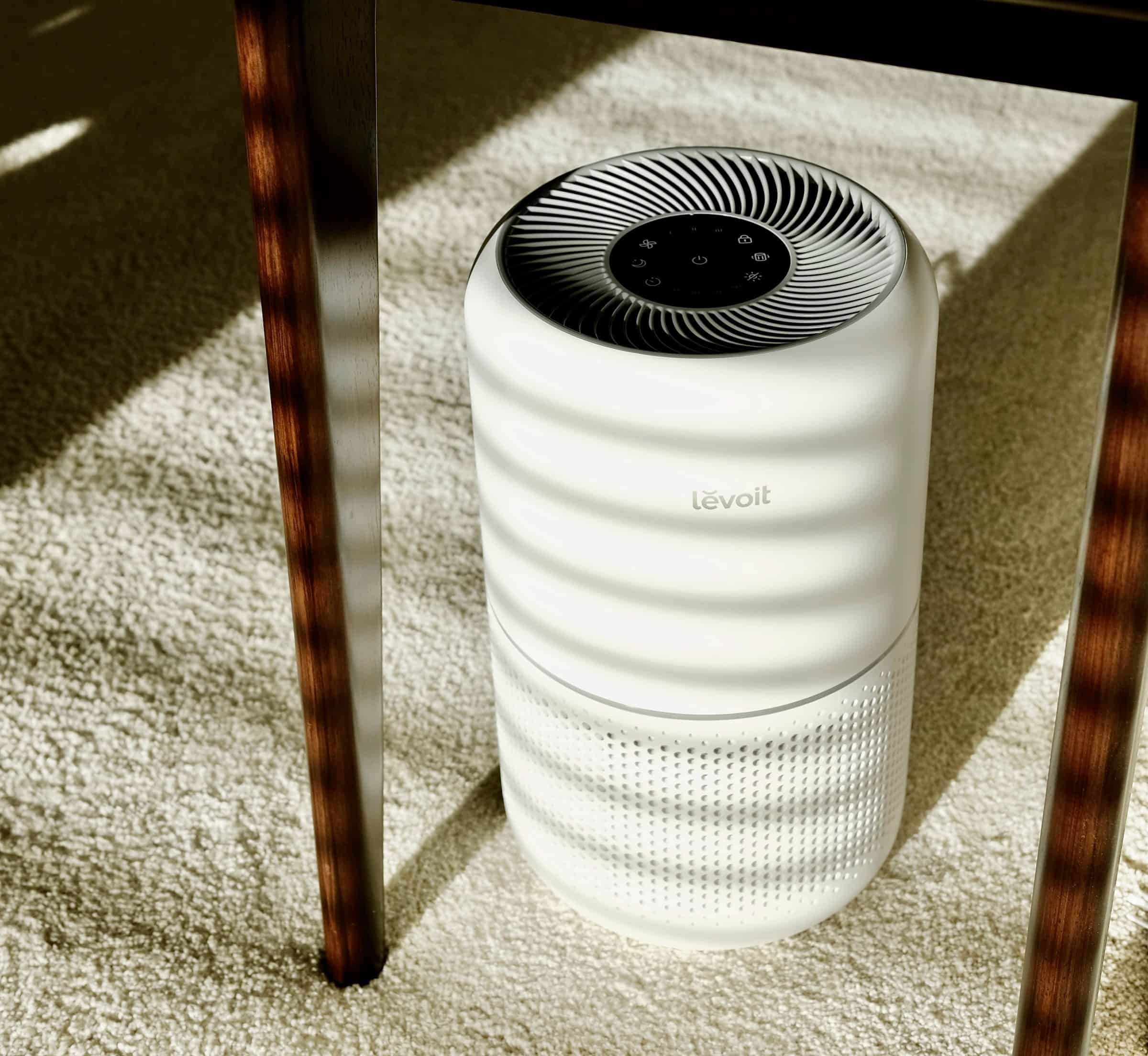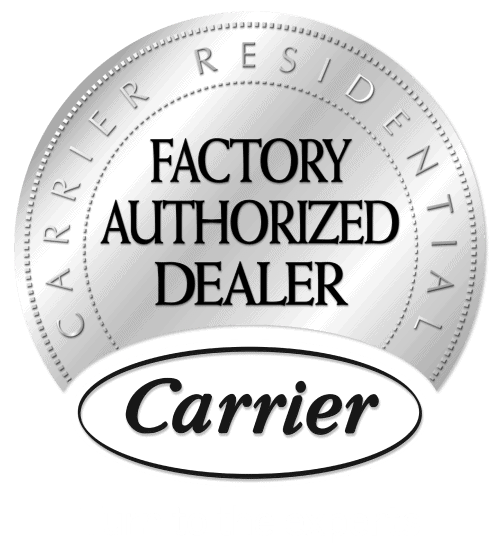According to the World Health Organization, in 2020 alone, household air pollution claimed the lives of over 3.2 million people. With such staggering numbers being reported, it is of little surprise that a home air purifier is certainly an excellent investment, one that can help preserve your health and well-being.
However, with the advancement of technology, several different types of air purifiers are available in the market. The choices may often confound you.
Fret not because we are here to help. This article has compiled the five types of air purifiers available into their pros and cons. Read on as we help you make an informed choice.
Different types of air purifiers
The five different types of air purifiers are:
Ozone Air Purifiers
Ozone-based or Ozone generating air purifiers produce the gas Ozone (O₃) that reacts with indoor air particulates and cleans the air, especially biological pollutants.
Cons
However, contrary to claims, they are not the most effective at removing pollutants and foreign particles from the indoor air. They are unable to react rapidly with many indoor chemicals and are completely ineffective against dust and pollen.
And even though they inhibit the growth of a few biological agents, a full cleaning would require significantly higher levels of Ozone, something that would be beyond public health standards and beat the point of having an air purifier in the first place.
Furthermore, continued exposure to Ozone may trigger asthma and even scar human lungs with persistent usage, making Ozone air purifiers unsuitable for most cases.
Negative Ion Air Purifiers
Negative ion air purifiers use a “negative ion” or Oxygen atoms that have an additional electron to clean the air. These charged ions are magnetically attracted to airborne particles and pollutants such as dust and pollen. The newly formed particles thus become too heavy to be suspended in the air and instead are deposited to solid surfaces such as walls, windows, or the floor.
Cons
These air purifiers are limited in their scope in terms of functionality as well as capabilities despite appearing futuristic and advanced. As explained, the negative ions simply get deposited along the walls and floors of the room instead of completely getting removed.
Due to this, there is a high chance of them recontaminating the indoor air through circulation, making negative ion air purifiers less effective than other air purifier types. Ideally, your air purifier should completely remove pollutants and particles from the indoor air, not just temporarily shift them.
UV Technology Air Purifiers
UV air purifiers use UV rays to convert commonly found oxygen and water in your indoor air into Ozone and hydroxyl. The active molecules of these compounds react with air pollutants and destroy them, thereby cleaning your indoor air. Do note that UV air purifiers are best used against biological pollutants like viruses and bacteria.
The UV rays radiate off the installed UV lamps to attack the cellular structure of these microbes, damaging their genetic makeup and converting them into harmless components like carbon dioxide and water. This process destroys the biological pollutants completely, which can potentially cause health complications in humans.
Cons
The magnitude of the utility of UV air purifiers depends on both the time of exposure to UV light as well as the wattage of the light. As they are rather ineffective on inorganic components like dust and other chemicals, they are best used with other particulate filter systems. Otherwise, even the microbes can be sheltered by inorganic floating particulates and escape the UV rays.
Activated Carbon Technology Air Purifiers
Activated carbon-based air purifiers use activated carbon or a form of processed carbon with a large surface area for absorption due to extreme porosity. Activated carbon has been in use since the early 1900s to filter water, remove the color from sugar, and for usage in the gas masks of soldiers.
These air purifiers consist of multiple pores that are molecular in size and have high degrees of chemical bonding and absorbent capability. Due to this, they are quite adept at capturing chemical contaminants in the indoor air, such as odors, tobacco smoke, gases, and chemical emissions. These particles, once captured, have no way of recontaminating the indoor air as they are completely removed.
Activated carbon air purifiers are highly useful for the elderly, children, babies, and asthma patients. They are also helpful for those suffering from Multiple Chemical Sensitivity (MCS) as they absorb formaldehyde, commonly found in furniture upholstery, wood paneling, and carpets.
Cons
However, they are not quite as effective against particles that are far away as well as other airborne particles and allergens.
HEPA Air Purifiers
HEPA or High-Efficiency Particulate Air technology purifiers use specialized filters that must capture at least 99.97% of airborne particles larger than 0.3 microns. The HEPA filter uses a very fine fiber-like material that has been folded back and forth several times into a shape resembling an accordion.
This creates a maze of randomly arranged fibers to present a very large surface of absorption. As the indoor air travels through this filter maze, it gets cleaner. A typical HEPA filter lasts for 2-4 years and will need to be replaced once it’s full and can no longer continue to function.
HEPA filters are highly effective at capturing most airborne particle types without generating any harmful byproducts like Ozone.
Cons
Since they do not remove gases, chemicals, or odors, they are best used in conjunction with activated carbon-based air purifiers to ensure a completely clean and healthy indoor environment.
Which one is the best for you?
Based on the different types of air purifiers, the ultimate choice will depend on your needs, your space, and any specific health conditions.
- An activated carbon-based air purifier will work best if you live in an area with more chemical contaminants.
- Areas rife with organic particulates should use UV-based or HEPA air purifiers.
- For more holistic protection, we recommend a mix of HEPA and activated carbon-based combination of air purifiers. This will ensure you and your family remain completely healthy and safe from indoor pollution.





